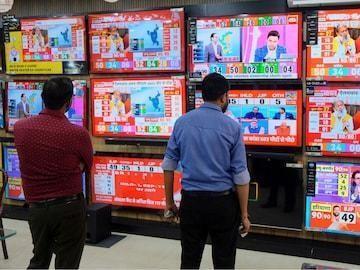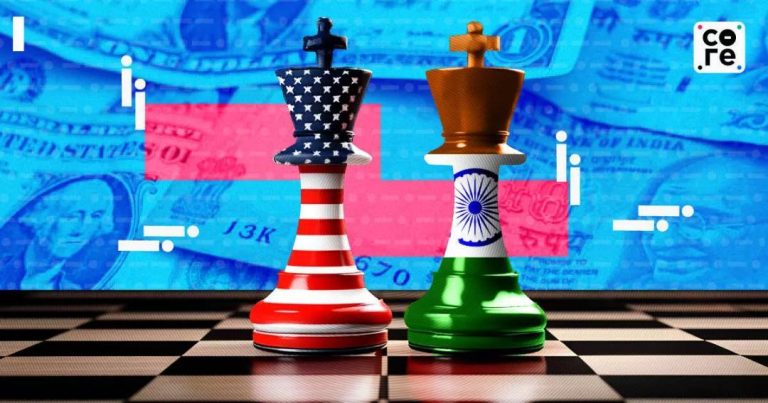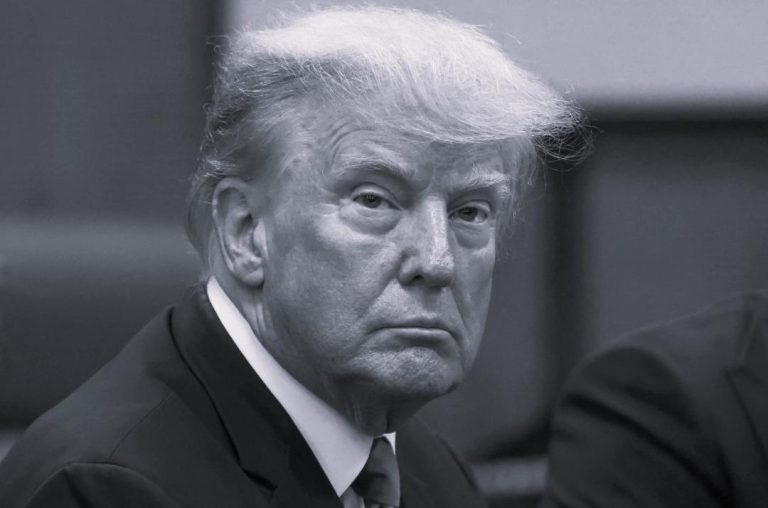
How Accurate Were Delhi Exit Poll Predictions in 2015 & 2020?
Exit polls have become an integral part of the election process in India, providing insights into the voting patterns and predicting the outcome of elections. The Delhi Assembly elections in 2015 and 2020 were no exception, with various exit polls being conducted to forecast the results. But how accurate were these predictions? In this blog post, we’ll take a closer look at the exit polls conducted during these elections and compare them with the actual results.
2015 Delhi Assembly Elections
The 2015 Delhi Assembly elections were a significant event in Indian politics, with the Aam Aadmi Party (AAP) seeking to retain power after a landslide victory in the previous elections. Exit polls estimated that the AAP would secure 45 seats, the Bharatiya Janata Party (BJP) would win 24 seats, and the Congress would win just one seat.
The actual results, however, were a far cry from the exit polls’ predictions. The AAP won an astonishing 67 seats, leaving the BJP with just three seats and the Congress with none. The AAP’s victory was a massive one, with the party’s chief minister, Arvind Kejriwal, retaining his position.
The exit polls’ inaccuracy in 2015 was attributed to several factors. One of the main reasons was the poor performance of the Congress, which failed to make a significant impact in the elections. The party’s lack of organization and weak leadership were blamed for its dismal performance.
Another reason for the exit polls’ inaccuracy was the unexpected surge in the AAP’s popularity. The party’s anti-corruption plank and its promise of freebies, such as free electricity and water, resonated with the voters, leading to a massive turnout in its favor.
2020 Delhi Assembly Elections
Fast forward to 2020, and the Delhi Assembly elections were again underway. The exit polls predicted that the AAP would win 54 seats, while the BJP would secure 15 seats. The actual results, however, saw the AAP winning 62 seats, while the BJP won eight seats.
The exit polls’ inaccuracy in 2020 was attributed to several factors. One of the main reasons was the AAP’s poor performance in the Muslim-dominated areas, which were expected to be a stronghold for the party. However, the AAP’s campaign focused on issues such as healthcare and education, which resonated with the voters in these areas.
Another reason for the exit polls’ inaccuracy was the unexpected surge in the BJP’s popularity. The party’s campaign focused on issues such as nationalism and development, which resonated with the voters, leading to an unexpected surge in its support.
Why Do Exit Polls Go Wrong?
So, why do exit polls go wrong so often? There are several reasons for this. One of the main reasons is the complexity of the Indian electoral landscape. India is a vast and diverse country, with different regions having different voting patterns. Exit polls often struggle to accurately capture these nuances, leading to inaccuracies in their predictions.
Another reason for the inaccuracy of exit polls is the often-flawed methodology used by pollsters. Many pollsters rely on a small sample size of respondents, which can lead to inaccuracies in their predictions. Additionally, the pollsters often struggle to accurately capture the voting patterns of certain demographics, such as women and young voters.
Conclusion
In conclusion, the accuracy of exit polls in Delhi’s 2015 and 2020 Assembly elections was a mixed bag. While some exit polls were accurate, others were wildly off the mark. The AAP’s victories in both elections were a testament to the party’s popularity and its ability to connect with the voters.
The inaccuracy of exit polls highlights the need for pollsters to improve their methodology and to better capture the nuances of the Indian electoral landscape. Until then, we can expect to see a mix of accurate and inaccurate predictions in the future.
Source:






